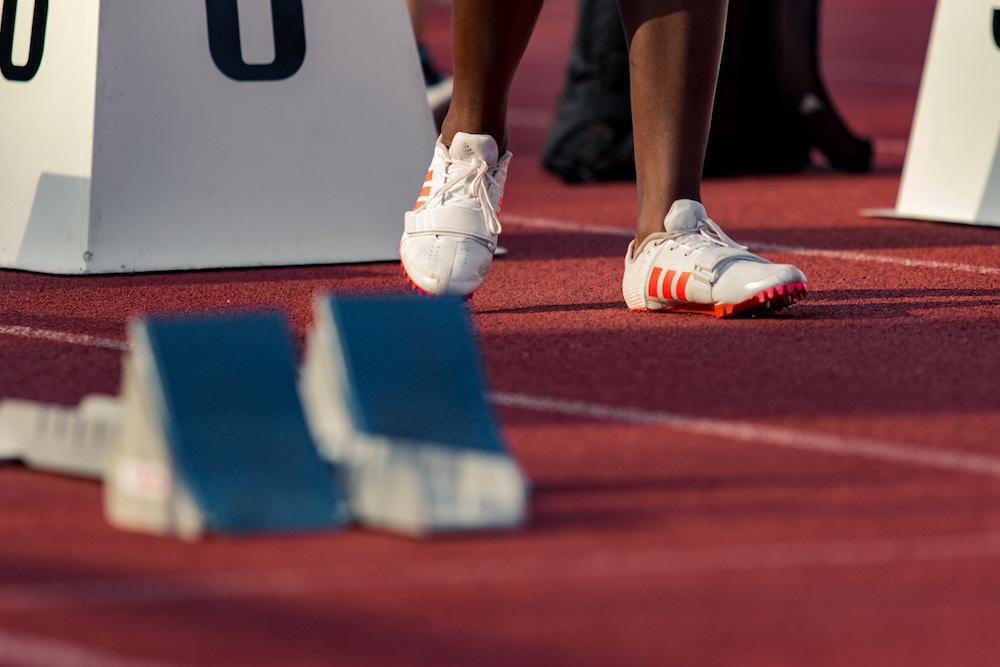Your running shoes are the most essential equipment you’ll need to keep your feet and ankles in good working order as you exercise. Everyone’s feet are different, so each runner will need a different sort of running shoe. Instead of choosing your running shoes based on fashion trends, consider the unique shape of your feet. You should pick a shoe that will support you effectively while you run, or you could risk injuries, falls, and conditions like shin splints and plantar fasciitis.
At Mountain View Foot & Ankle Institute, Dr. David B. Glover, DPM, FACFAS, and our team of expert practitioners, are here to help you keep your feet and ankles in good shape. We offer personalized foot and ankle care to patients in the South Ogden, Utah area. If you’re shopping for new running shoes, here are some tips to keep in mind.
Rules of the road
In general, follow these criteria when you’re choosing new running shoes.
- Choose shoes with a stiff back. When you hold the heel of the shoe in one hand and the shoe above the heel in the other hand, you shouldn’t be able to move the shoe from side to side around the heel.
- You want your running shoes to have some torque. When you hold the shoe at both ends, you should be able to give it a slight twist.
- Your running shoes should bend where your toes bend. When you’re trying on new running shoes, always bend your toes to check that the shoe lines up well with your foot shape.
Identify your foot shape
You’ll need to choose different running shoes based on your unique foot shape. To figure out what shape of foot you have, take a look at your foot, or examine a footprint on a soft or dampened surface.
- If you have high arches, you’re at increased risk of turning your foot outward or supination. Choose a shoe with thick cushioning, especially in the middle of the sole, to support your arches.
- If you have flatter feet with low arches, you’ll tend to roll your feet and ankles inward, or overpronation. You’ll need a shoe with strong stability to help prevent this and protect your ankles from sprains.
Get the right fit
It’s important for your running shoes to fit you properly – and you’ll need a different fit from your everyday dress or street shoes.
- Running shoes should be slightly loose, with approximately ¼- to ½-inch of wiggle room in the toe to accommodate the natural swelling of your feet that happens when you run. If your pinky toe touches the inside edge of the shoe, go up a size.
- Make sure the heel of the shoe fits snugly, so your foot doesn’t slip around too much, to prevent blisters and instability.
Replace your running shoes regularly
Running shoes can be worn out enough to cause pain or injury long before they show signs of visible wear and tear. You should replace your running shoes every 350 to 500 miles. If the side of your heels become worn down, your gait will be affected, which can cause leg or back pain.
If you need advice on replacing your running shoes or on what shoes to choose, Dr. Glover is happy to help with any questions you may have at your next appointment. To schedule, call our office, or book online.

